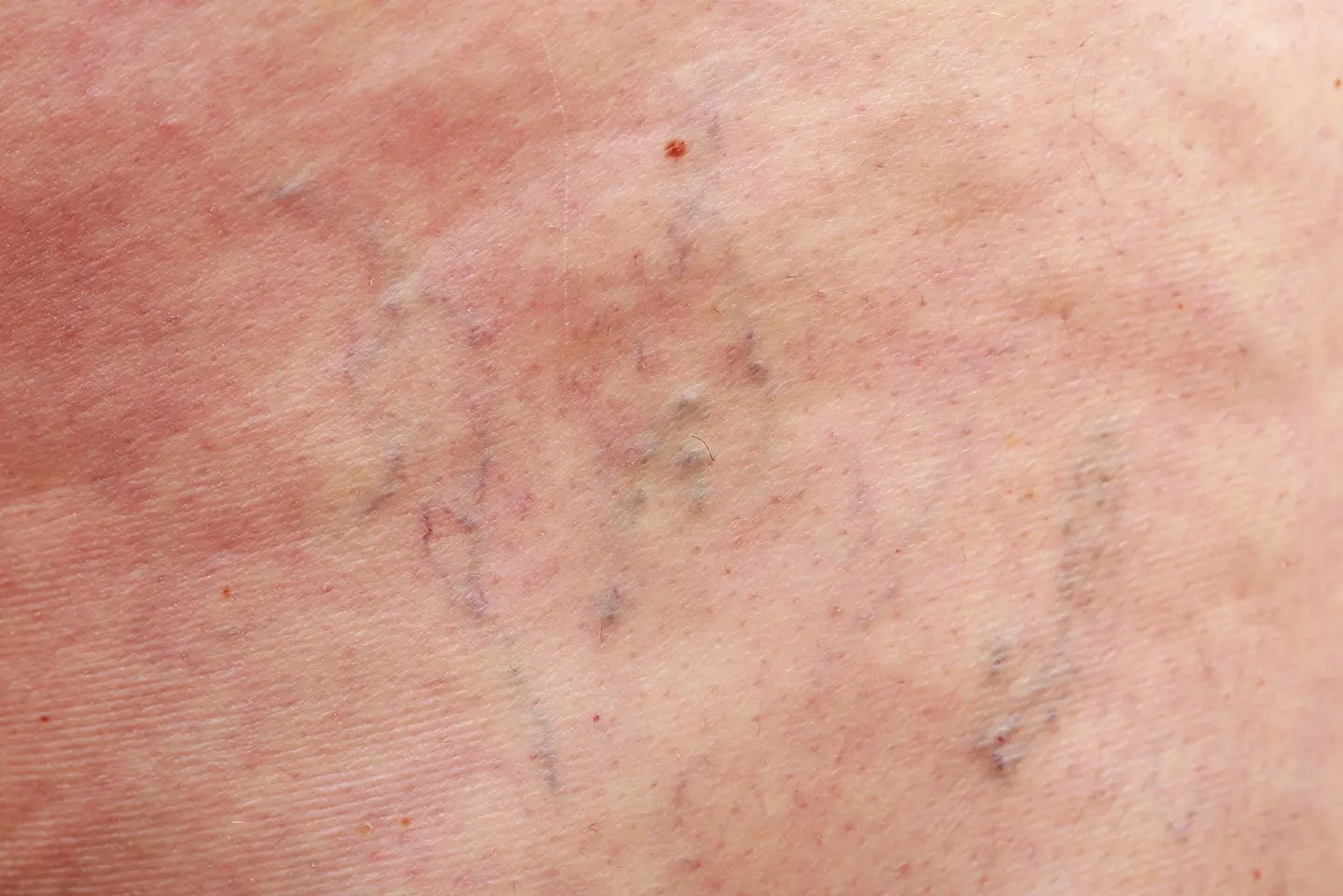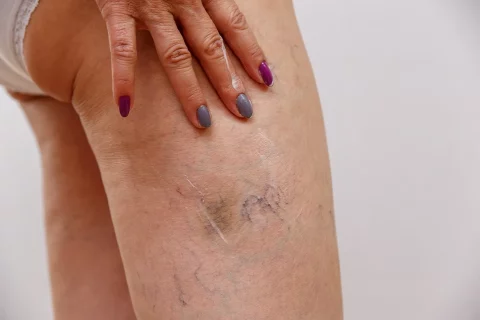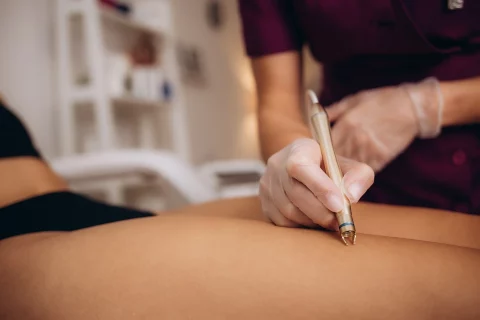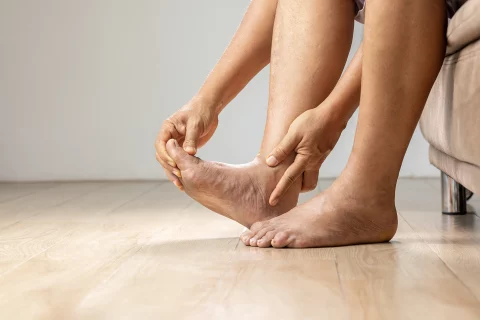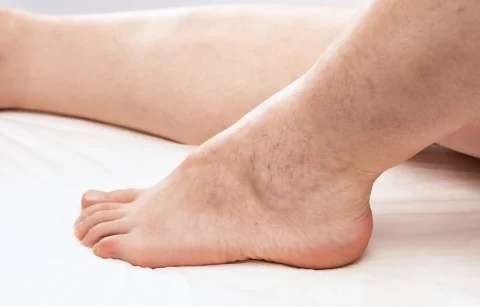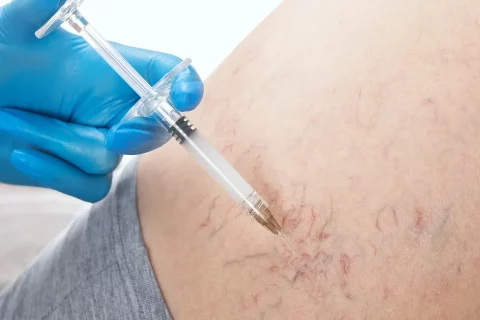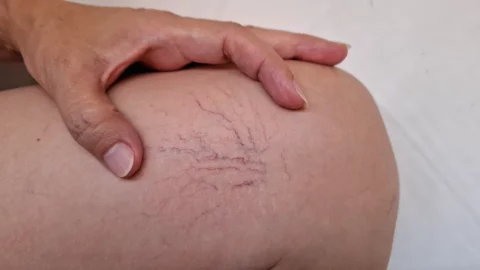Discover the causes, implications, and treatment options for blue spider veins on the chest, exploring genetic, hormonal, and lifestyle factors that contribute to their appearance.
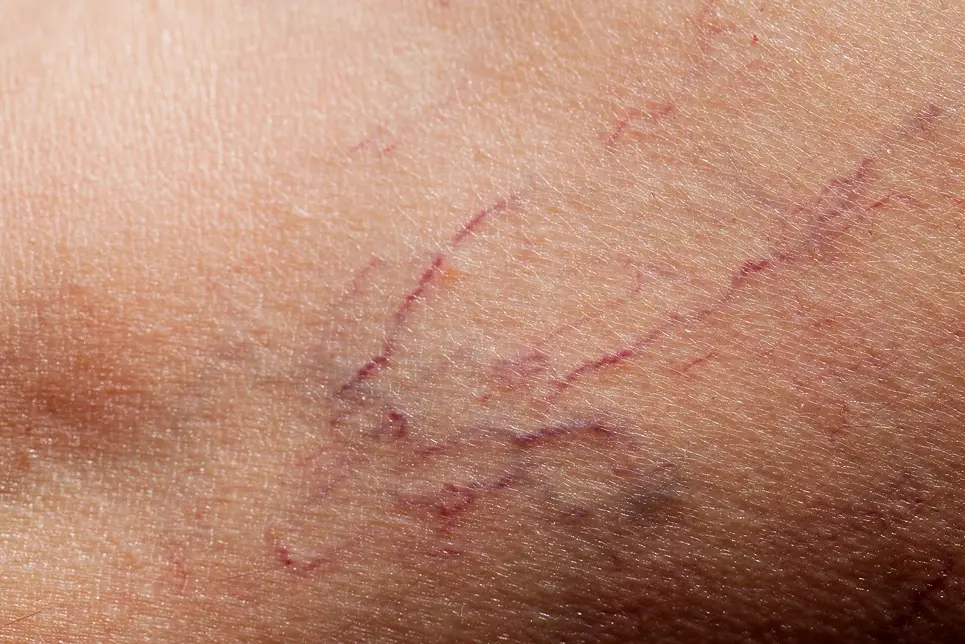
Blue spider veins on the chest are a common aesthetic concern that can arise from a complex interplay of genetic predisposition, hormonal fluctuations, and lifestyle factors. While typically harmless, these delicate, web-like blood vessels can sometimes signal underlying health conditions. Understanding their origins, potential implications, and management strategies can help you approach these visible veins with confidence and informed care.
Living with unwanted veins is a thing of the past, when you can simply schedule a free consultation with Vein Center Doctor and find your ideal solution today.
Causes of Blue Spider Veins
Multiple factors contribute to the development of blue spider veins on the chest, with genetics serving as a primary underlying determinant. Individuals with a family history of visible veins are significantly more likely to experience similar vascular characteristics, suggesting a strong hereditary component.
Lifestyle factors such as regular vigorous exercise can increase blood flow, causing veins to bulge outward and become more visible. Rapid weight loss is another factor, as it reduces fat deposits and skin thickness, making veins more noticeable
Hormonal changes, particularly those experienced during pregnancy, menopause, or the use of birth control pills, can also lead to the appearance of blue spider veins on the chest.
Environmental triggers like exposure to ultraviolet rays and physical trauma can also contribute to their development.
Certain medical conditions such as cirrhosis of the liver, fluid accumulation in the abdomen, and other systemic diseases can also increase the likelihood of visible blue veins on the chest.
Role of Genetics and Family History
If you notice visible blue veins on your chest or breasts, it could be due to a family trait. Genetics play a significant role in the appearance of these veins, often following familial patterns.
The Impact of Genetics
- Inherited Traits: Research suggests that approximately 90% of individuals with spider veins can trace their condition to familial genetic patterns. This remarkable statistic underscores the profound influence of hereditary factors in determining vascular characteristics
- Familial Patterns: Vein visibility often follows distinct family lineages, creating a genetic blueprint that can predict an individual’s likelihood of developing spider veins. These inherited patterns extend beyond mere appearance, potentially indicating underlying vascular health characteristics
- Genetic Conditions: Several rare genetic disorders—including ataxia-telangiectasia, Bloom syndrome, and Osler-Weber-Rendu syndrome—demonstrate the intricate relationship between genetic inheritance and vascular manifestations. These conditions provide compelling evidence of how genetic variations can directly influence blood vessel formation and visibility.
Understanding the genetic aspect can help you anticipate and address these issues more effectively, especially if you have a known family history of visible veins.
Impact of Hormonal Changes
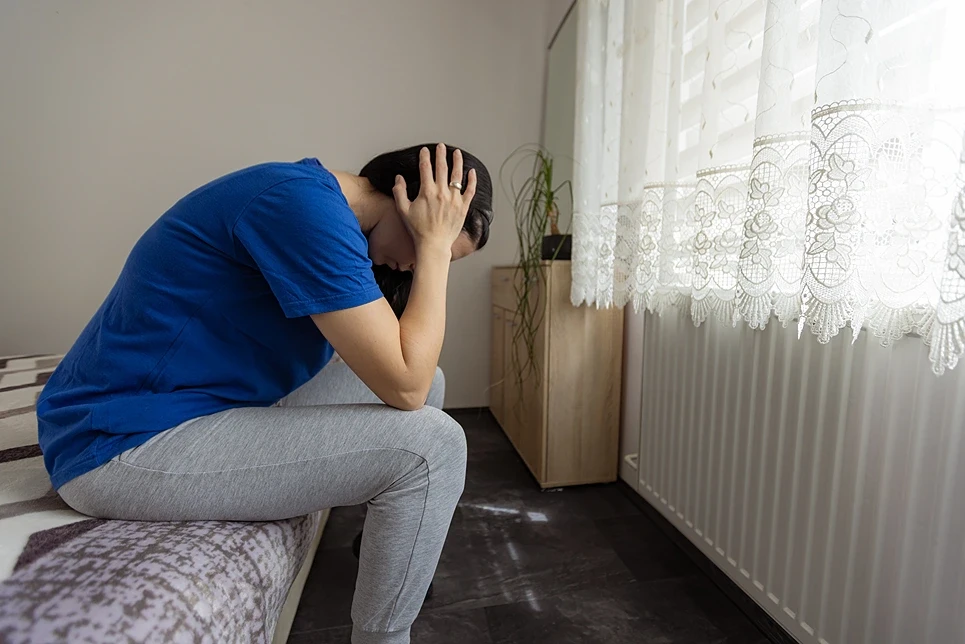
Hormonal changes can significantly influence the appearance of blue spider veins on your chest or breasts. These hormonal fluctuations, particularly in women, can lead to the development of visible blue veins.
How Hormonal Changes Affect Veins
| Hormonal Event | Impact on Veins |
| Pregnancy | Dramatic increase in blood volume and estrogen levels causes significant vascular dilation and increased vein visibility |
| Puberty | Changes in estrogen levels can affect blood vessel health, leading to the appearance of spider veins |
| Menopause | Fluctuations in estrogen and progesterone levels can weaken blood vessels, increasing the risk of varicose and spider veins |
During pregnancy, the increased blood volume and elevated estrogen levels can cause veins to enlarge, making them more noticeable. Similar changes in estrogen levels during puberty and menopause can also impact blood vessel health, leading to the appearance of spider veins.
These hormonal changes can weaken blood vessels and increase blood pressure, making it easier for blood to pool and veins to become visible.
Monitoring your vein health during these periods and maintaining a healthy lifestyle can help mitigate the impact of hormonal changes on your veins. If you notice significant changes or concerns, consulting a vein specialist is advisable.
Effects of Rapid Weight Loss
Rapid weight loss can significantly impact the visibility of blue spider veins on your chest or breasts. When you lose weight quickly, the skin in the affected areas often becomes thinner and less elastic. This reduction in skin thickness and elasticity makes the veins more noticeable.
Here are some key points to consider:
- Skin Sagging: Rapid weight loss can lead to skin sagging, particularly around the chest area. As the fat deposits under the skin deplete quickly, the skin may not have enough time to adjust, making the veins more visible.
- Loss of Skin Elasticity: The sudden loss of weight can reduce skin elasticity, which is crucial for maintaining the invisibility of veins. Thinner, less elastic skin allows veins to become more prominent.
- Diet Impact: The diet changes associated with rapid weight loss can also affect skin health. A diet lacking essential nutrients can further compromise skin elasticity, making veins more noticeable.
These changes can make the blue spider veins on your chest more apparent, even though they may not indicate a serious health issue.
If you’re concerned about the appearance of these veins, consulting a healthcare professional about treatments such as sclerotherapy or other cosmetic interventions may be helpful.
Influence of Vigorous Exercise
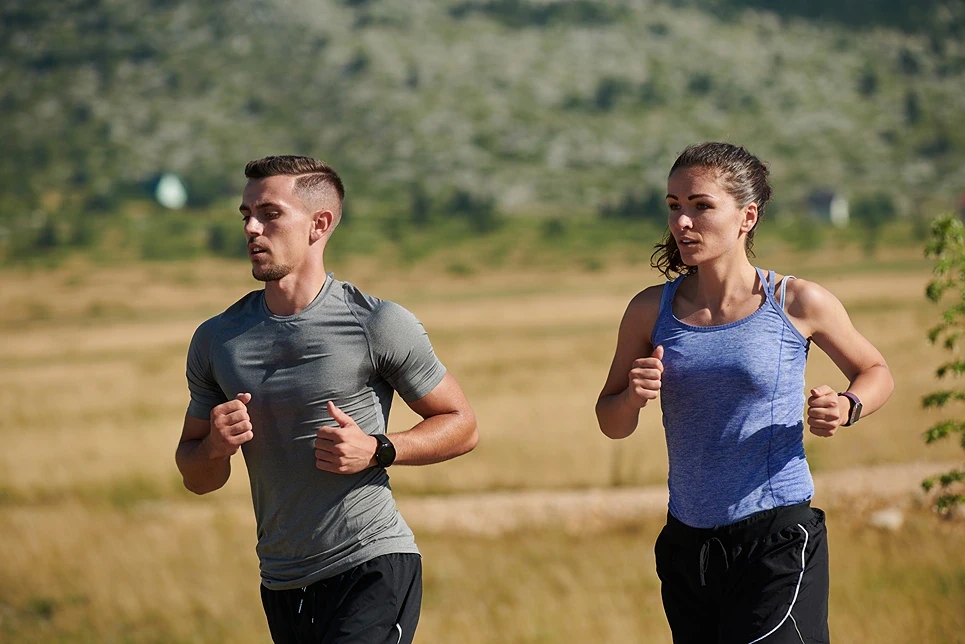
Vigorous exercise can significantly influence the visibility of blue spider veins on your chest, although the impact is different from that of rapid weight loss. When you engage in vigorous physical activity, your body experiences an increase in blood flow and blood pressure. This heightened blood flow can cause your veins to bulge outward, making them more visible under the skin.
The exercise intensity plays a crucial role in this phenomenon. Activities such as heavy weightlifting, running, or any exercise that involves lifting heavy weights can put additional pressure on your veins. This increased pressure can lead to the enlargement of the veins beneath your skin, particularly on the chest area.
From a vascular health perspective, regular vigorous exercise generally improves blood circulation, which is beneficial. However, the temporary increase in blood pressure and the contraction of muscles during intense exercise can make your veins more noticeable. This effect is usually temporary and not indicative of any underlying vascular issues, but it can be a cosmetic concern for some individuals.
If you find that vigorous exercise is making your blue spider veins more visible, it might be worth considering alternative exercises that promote good vascular health without putting excessive strain on your veins, such as walking, cycling, or swimming.
Symptoms and Aesthetic Concerns
While vigorous exercise can make blue spider veins on the chest more visible, the primary concerns for many individuals are the symptoms and aesthetic impacts these veins can have.
Symptoms
Although blue spider veins on the chest are generally not a significant health issue, they can still cause some discomfort and aesthetic concerns. Here are some key points to consider:
- No Pain but Visible: Unlike varicose veins, blue spider veins typically don’t cause pain, but their visibility can be bothersome.
- Aesthetic Concerns: The visible nature of these veins can make individuals self-conscious about their appearance, especially if the veins are prominent on the chest.
- Associated Conditions: While rare, spider veins can sometimes be a sign of underlying conditions such as hormonal changes, especially during pregnancy, or systemic diseases like Lupus or Scleroderma.
Aesthetic Treatments and Skin Care
For those concerned about the appearance of blue spider veins, several aesthetic treatments are available:
- Laser Therapy: Non-invasive laser treatments like sclerotherapy can effectively reduce the visibility of these veins with minimal recovery time.
- VeinWave: This high radiofrequency device can target fine red spider veins on the upper chest, causing them to collapse and be absorbed by the body.
- Skin Care: Maintaining good skin care habits can help in minimizing the appearance of these veins, though it may not eliminate them entirely.
These treatments and skin care practices can help alleviate both the symptoms and the aesthetic concerns associated with blue spider veins on the chest.
Differences Between Spider Veins and Varicose Veins
| Characteristic | Spider Veins | Varicose Veins |
| Size | Less than 1 mm wide | Greater than 3 mm wide |
| Appearance | Small, spiderweb or branch-like clusters, red, blue, or purple | Lumps or ropey nodules, blue, green, or purple |
| Location | Mostly on legs, face, and occasionally chest | Primarily on legs, feet, and ankles |
| Symptoms | Usually asymptomatic; occasional itching, burning, or cramping | Itching, pain, swelling, venous leg ulcers |
Spider veins are smaller, more superficial, and typically do not cause significant symptoms, making them mostly a cosmetic concern. In contrast, varicose veins are larger, more visible, and often associated with discomfort such as itching, pain, and swelling. Varicose veins are more likely to result from faulty valves in the veins, leading to blood pooling and increased pressure, whereas spider veins can be influenced by risk factors like lifestyle choices, such as prolonged standing or sitting, and genetic predispositions.
Potential Underlying Health Issues
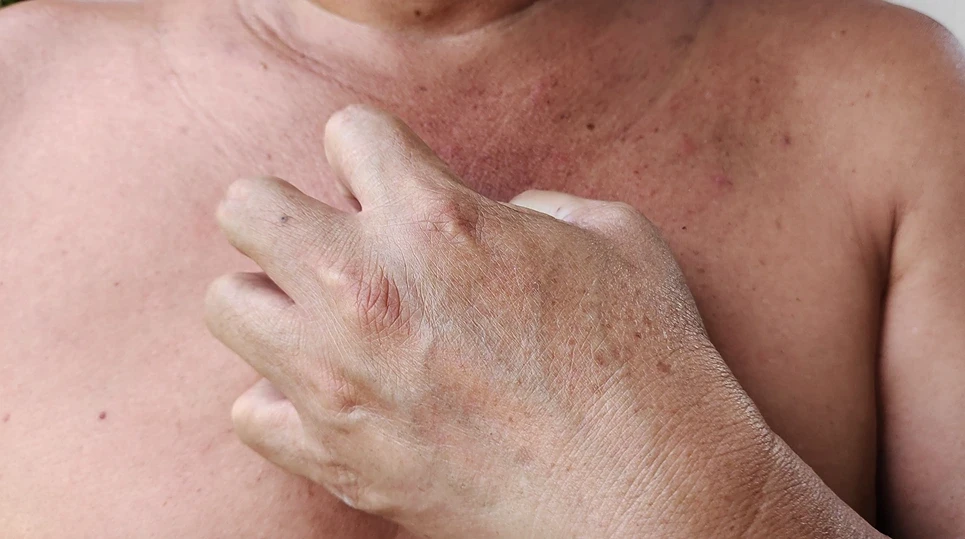
While spider veins themselves are generally harmless and primarily a cosmetic concern, they can sometimes indicate more serious health problems.
Here are some key health issues to consider:
- Chronic Venous Insufficiency: Spider veins can be an early sign of chronic venous insufficiency (CVI), a condition where the veins have difficulty returning blood to the heart. This can lead to complications such as venous stasis ulcers and cellulitis.
- Liver Dysfunction: In some cases, spider veins, especially those appearing in clusters or in unusual locations like the chest, can be associated with systemic diseases. For example, spider angiomas, which resemble spider veins but have a central red spot, can indicate liver disease such as cirrhosis in about 95% of patients.
- Other Systemic Conditions: Spider veins on the chest can also be linked to other systemic diseases like Lupus, Scleroderma, Erythematous, fatty liver disease, or Cushing’s Syndrome. These conditions often involve chronic inflammation and other systemic issues that need medical attention.
It is crucial to consult a healthcare provider to determine if your spider veins are indicative of any underlying health issues.
Treatment Options and Methods
If you’re dealing with blue spider veins on your chest, several treatment options are available to address both the cosmetic and potential underlying health concerns.
Sclerotherapy
Sclerotherapy is a common and effective method for treating spider veins on the chest. This procedure involves injecting a sclerosant into the targeted veins, causing them to collapse and eventually fade from view. It is relatively non-invasive and typically well-tolerated, with some patients experiencing mild burning sensations or temporary muscle cramping].
Laser Therapy
Laser therapy is another viable option, particularly for small spider veins. This method uses a focused beam of light to cause the veins to clot and dry up. Advanced laser technologies, such as the Cutera® Excel V™, are designed to target small pink and red spider veins on the breast and chest, providing quick and comfortable treatments.
Other Treatments
Other treatment options include:
| Treatment | Description | Effectiveness |
| Compression Garments | Wearing compression garments to improve blood flow. | Helps relieve swelling and prevent further veins |
| Laser Therapy | Using a laser to cause veins to clot and dry up. | Effective for small spider veins |
| Sclerotherapy | Injecting a sclerosant to collapse targeted veins. | Highly effective for cosmetic and health concerns |
Lifestyle modifications, such as wearing sunscreen, maintaining a moderate weight, avoiding tight clothing, and staying mobile, can also help prevent the appearance or worsening of spider veins.
For personalized advice and treatment plans, it is essential to consult with a professional healthcare provider who specializes in vein care or cosmetic treatments.
Prevention and Management Strategies
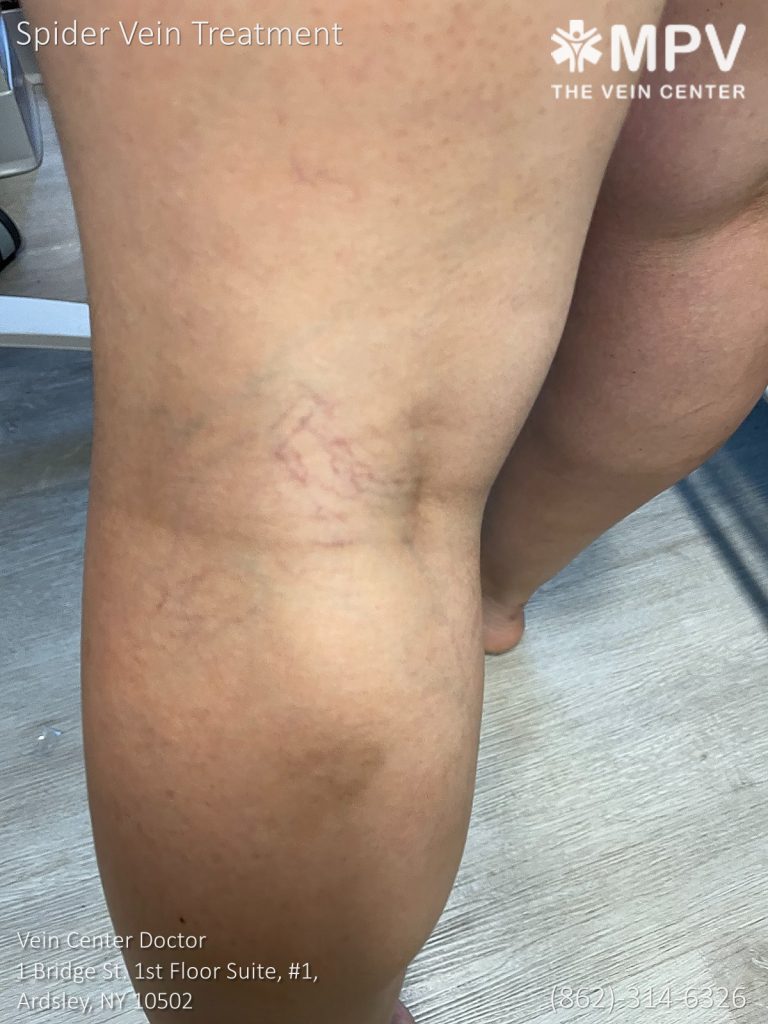
To prevent the appearance or worsening of blue spider veins on your chest, several strategic lifestyle modifications and preventive measures can be highly effective.
Lifestyle Modifications
- Maintain a Healthy Weight: Excess weight can increase pressure on your veins, so keeping a moderate weight through dietary adjustments and regular exercise is crucial. This helps in reducing the strain on your venous system and improves blood circulation.
- Avoid Prolonged Standing or Sitting: Taking regular breaks to move around can help prevent blood from pooling in your veins. This is particularly important if your job involves standing or sitting for extended periods.
- Wear Compression Garments: Wearing compression stockings or socks, especially if you have a family history of varicose or spider veins, can help improve blood flow and reduce the risk of new veins appearing.
Additional Strategies
In addition to these lifestyle changes, paying attention to skin care can also be beneficial.
Using sunscreen daily, especially on exposed areas like the chest, can prevent damage from UV rays, which might contribute to the formation of spider veins.
Dr. Sood at Vein Center Doctor is always happy to offer free consultations to anyone looking to understand their vein issues. Don’t spend another day wondering how to make those visible veins go away. Call us at 862-227-1143 today!

